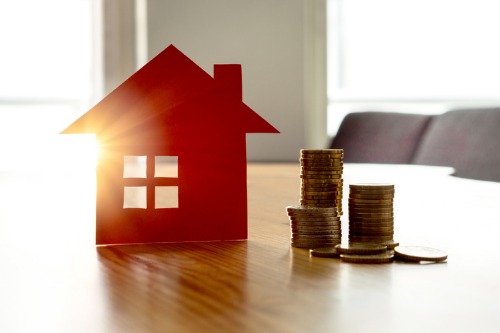

The Sunshine State has experienced a surge in home sales since the start of the COVID-19 pandemic. According to ISG World’s 2020 Miami Report, approximately 950 people are moving to Florida every day as the pandemic continues to impact lifestyle choices and people seek the state’s warm and sunny climate to see them through the public health crisis.
But there’s one thing that could cast a cloud over these sun seekers’ Florida plans, which is that rates for homeowners’ insurance in the state are going up and up, with some experts predicting increases of 30% to 40% in 2021. The market has been hardening for the past few years, thanks to four consecutive and severe natural catastrophe seasons, starting with a whopper in 2017, which saw the likes of Hurricanes Harvey, Irma and Maria (costing $125 billion, $50 billion and $90 billion respectively).
“Between Harvey, Irma and Maria, that’s when the homeowners’ insurance market really started to take a different position and harden,” said Fernando Alvarez, partner of JAG Insurance Group. “It’s the same carriers and reinsurers that are writing in catastrophe-exposed areas like Florida, Texas and Puerto Rico, and so they all had these claims come in – probably hundreds of thousands of them – but they don’t really hit the balance sheet until about two or three years later. Once these insurance companies really saw what they were paying out on claims, they figured it was time to charge more rate for what the actual exposure is.”
One area that homeowners’ insurance companies are really starting to tighten up on is how they determine replacement costs, according to Alvarez. They want to make sure that the price per square foot is adequate and not just some make believe number, and that they’re collecting the appropriate amount of premium for the risk. This has resulted in some homeowners having to pay more premium to get more coverage, even though their rate may have stayed the same.
“They really want to make sure homeowners are not under-insured, because, if they are, it’s the insurers who are on the hook for full replacement costs at the time of the loss,” Alvarez told Insurance Business. “The last thing an insurance company wants is to under-insure a dwelling for $200,000 and then end up in some sort of litigation process where the replacement cost of the house is actually $300,000. There’s a possibility the insurance company will have to pay out $300,000 even though they only collected premium for $200,000 because the policy promises replacement costs.”
Insurers are also tightening up around how much limit they’re willing to offer for water damage coverage. That’s something that carriers are “paying really close attention to,” according to Alvarez, because there are far more flood / water damage claims than there are wind / hurricane claims in the Sunshine State.
“I believe that artificial intelligence (AI) continues to be the driving force behind rates with these homeowners’ insurance companies,” Alvarez added. “They’re spending billions of dollars in software engineering programs that are able to obtain current construction characteristics that are then driving these pricing models. Unfortunately, there’s not much transparency around that data, even for the insurance agents who are trying to sell policies at higher rates.
“With that said, common sense says ‘Year Built’ seems to be one piece of data that really drives the rate. If you’re buying an older home – even if you change the electrics, the plumbing, the HVAC system and the roof, bringing everything up to code – you’re still not going to get the rate you would if you were buying a new home. I’ve seen cases where new-builds are 50% or 60% less – it’s an exaggerated amount of difference, and it makes life difficult for insurance agents.”
When faced with such challenges, agents need to have good conversations with insureds, and educate them as best they can via regular market updates. As Alvarez pointed out: “Unfortunately, there’s no clear path in how to communicate this to insureds. They’re never happy to pay more premium.” He also advised agents to encourage homeowners to invest in flood and windstorm risk mitigation, and to ensure that their investment is quoted in the insurance policy. He stressed: “Agents must make sure their insureds know how important it is to get a windstorm mitigation inspection, and to have evidence of that on file.”
Moving into 2021, the homeowners’ insurance market in Florida will likely remain hard, according to Alvarez, driven partly by yet another active North Atlantic hurricane season this year, ongoing political unsteadiness, and the economic impacts of the COVID-19 pandemic. However, “it’s not like there isn’t money out there,” he said. “The markets are actually highly capitalized if you look at them closely.”
